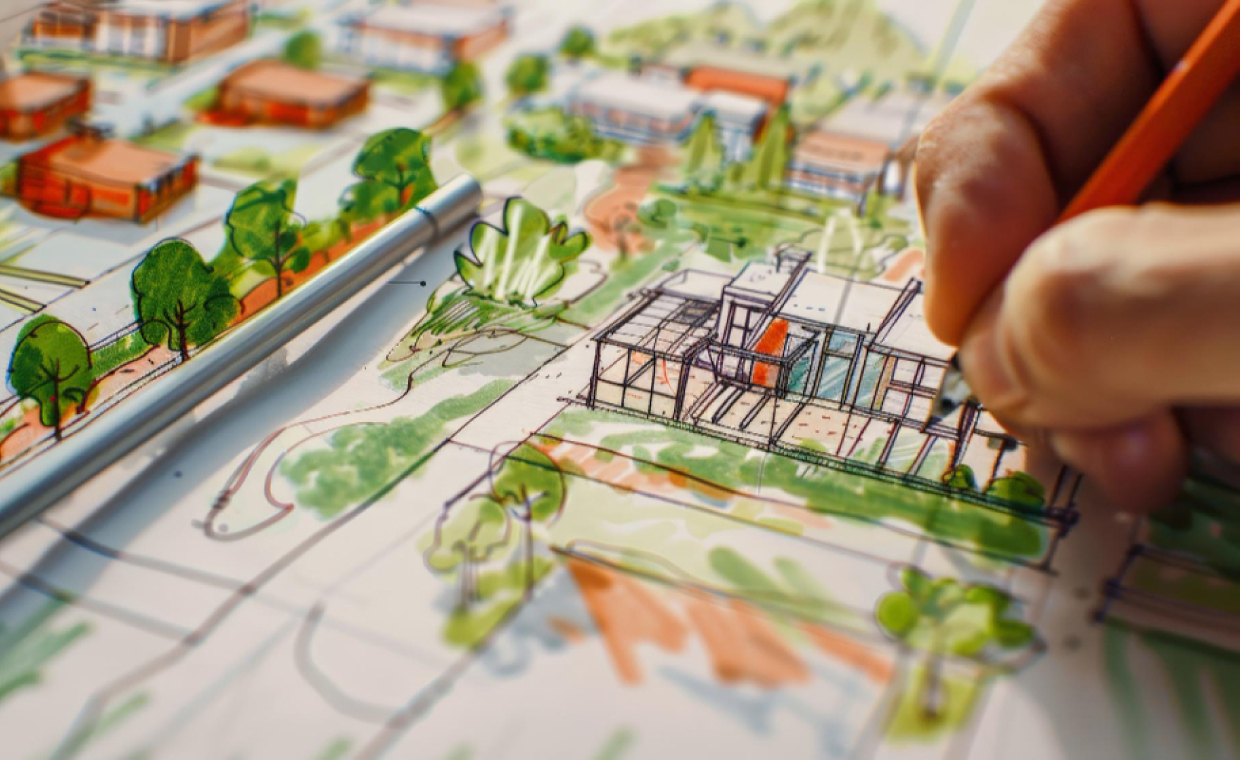
Context is simply an external element that influences the building and site both. Contextual factors include the nature of the surroundings that is natural and built elements. Basically the context determines the architectural style,building material selection and site layout, which is very important in creating an effective design. All these promote continuity between the building and local circumstances.

Buildings itself do not exist in isolation. They are conceived to house, support, and inspire a range of human activities in response to socio cultural, economical, and political needs, and are erected in natural and built environments that constrain as well as offer opportunities for development.

The elements of context are physical and non-physical. Buildings, Roads and land contour are the examples of physical elements while the non-physical elements are local culture, weather condition, as well as political and Economical constraints.
Existing patterns and characteristics of the Facade fabric can provide clues or starting points for approaching site development as well as the building design, influencing its configuration and use of materials, textures and colours.
One of the best example of context with respect to material and patterns is the Pink city in Jaipur, India. Jaipur has been popularised with name pink city because of its colour of stone which is used for construcion of all structures.

We should therefore carefully consider the contextual forces that a site presents in planning the design and construction of the buildings.
The elements of context in architecture:
The elements of context are physical and non-physical.
Buildings, Roads and land contour are the examples of physical elements while local culture, weather condition, as well as political and Economic constraints are non-physical elements.
Therefore, Master planning starts with an assessment of the ecology of site and its context; we need to know what is already there before, and need to add anything new.
Main contextual criteria which influence the design at an early stage:
For designers to create any good building design, it is important to understand the local context which can broadly be classified as:
- Microclimate,
- Topography, and
- Natural habitat of a site
All above criteria directly or indirectly influence design decisions at a very early stage in the design process.
Context is an important factor for the health of user. For example if your house is near industrial area, it will affect your health because of the pollution in air.































